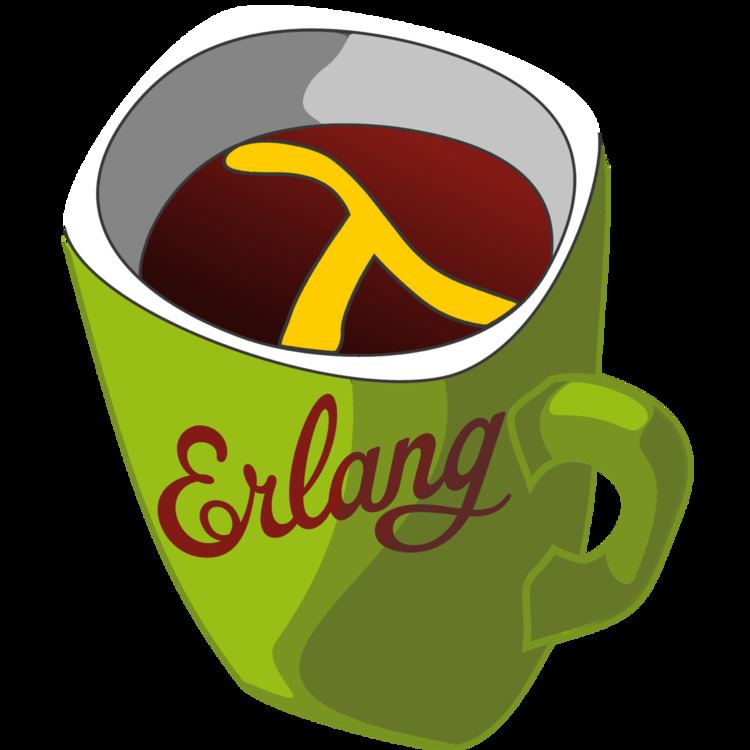Designed by Robert Virding First appeared 2008 | Developer Robert Virding Typing discipline dynamic, strong | |
 | ||
Stable release v1.1.1 / 19 June 2016 (2016-06-19) | ||
LFE (Lisp Flavored Erlang) is a functional, concurrent, general-purpose programming language and Lisp dialect built on top of Core Erlang and the Erlang Virtual Machine (BEAM). LFE builds on top of Erlang in order to provide a Lisp syntax for writing distributed, fault-tolerant, soft real-time, non-stop applications. LFE also extends Erlang to support meta-programming with Lisp macros and an improved developer experience with a feature-rich REPL. LFE is actively supported on all recent releases of Erlang; the oldest version of Erlang supported is R14.
Contents
- Initial release
- Motivation
- Features
- Symbolic expressions S expressions
- Lists
- Operators
- Lambda expressions and function definition
- Erlang idioms in LFE
- Pattern matching
- List comprehensions
- Guards
- consing in function heads
- Matching records in function heads
- Receiving messages
- Erlang interoperability
- Functional paradigm
- Concurrency
- References
Initial release
Initial work on LFE began in 2007, when Robert Virding started creating a prototype of Lisp running on Erlang. This work was focused primarily on parsing and exploring what an implementation might look like; no version control system was being used at the time, so tracking exact initial dates is somewhat problematic.
Robert Virding announced the first release of LFE on the "Erlang Questions" mail list in March 2008. This release of LFE was very limited: it did not handle recursive letrecs, binarys, receive, or try; it also did not support a Lisp shell.
Initial development of LFE was done with version R12B-0 of Erlang on a Dell XPS laptop.
Motivation
Robert Virding has stated that there were a number of reasons why he started the LFE programming language:.
Features
lfe and lfescriptSymbolic expressions (S-expressions)
Like Lisp, LFE is an expression-oriented language. Unlike non-homoiconic programming languages, Lisps make no or little syntactic distinction between "expressions" and "statements": all code and data are written as expressions. LFE brought homoiconicity to the Erlang VM.
Lists
In LFE, the list data type is written with its elements separated by whitespace, and surrounded by parentheses. For example, (list 1 2 'foo) is a list whose elements are the integers 1 and 2, and the atom foo. These values are implicitly typed: they are respectively two integers and a Lisp-specific data type called a "symbolic atom", and do not have to be declared as such.
As seen in the example above, LFE expressions are written as lists, using prefix notation. The first element in the list is the name of a form, i.e., a function, operator, macro, or operator. The remainder of the list are the arguments.
Operators
The LFE/Erlang operators are used in the same way. The expression
evaluates to 42. Unlike functions in Erlang and LFE, arithmetic operators in Lisp are variadic (or n-ary), able to take any number of arguments.
Lambda expressions and function definition
LFE has lambda, just like Common Lisp. It also, however, has lambda-match to account for Erlang's pattern-matching capabilities in anonymous function calls.
Erlang idioms in LFE
This section does not represent a complete comparison between Erlang and LFE, but should give a taste.
Pattern matching
Erlang:
LFE:
List comprehensions
Erlang:
LFE:
Or idiomatic functional style:
Guards
Erlang:
LFE:
cons'ing in function heads
Erlang:
LFE:
or using a ``cons`` literal instead of the constructor form:
Matching records in function heads
Erlang:
LFE:
Receiving messages
Erlang:
LFE:
or:
Erlang interoperability
Calls to Erlang functions take the form (<module>:<function> <arg1> ... <argn>):
Functional paradigm
Using recursion to define the Ackermann function:
Composing functions:
Concurrency
Message-passing with Erlang's light-weight "processes":
Multiple simultaneous HTTP requests:
